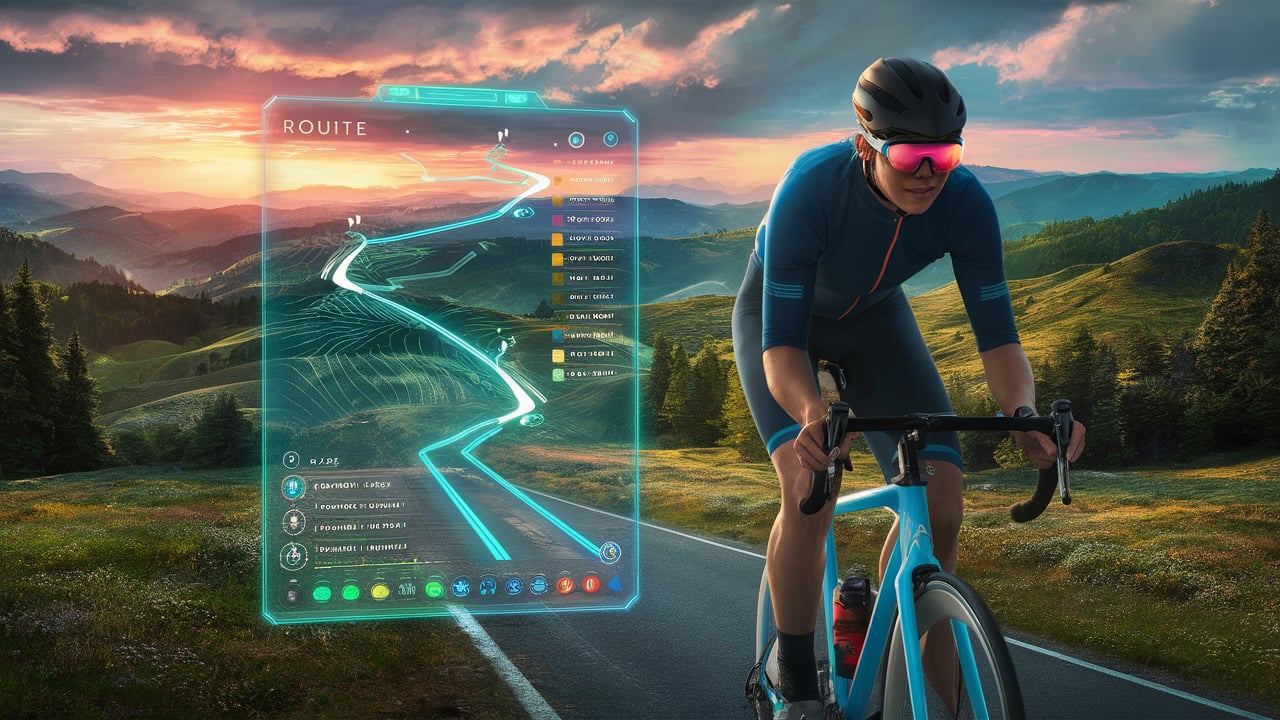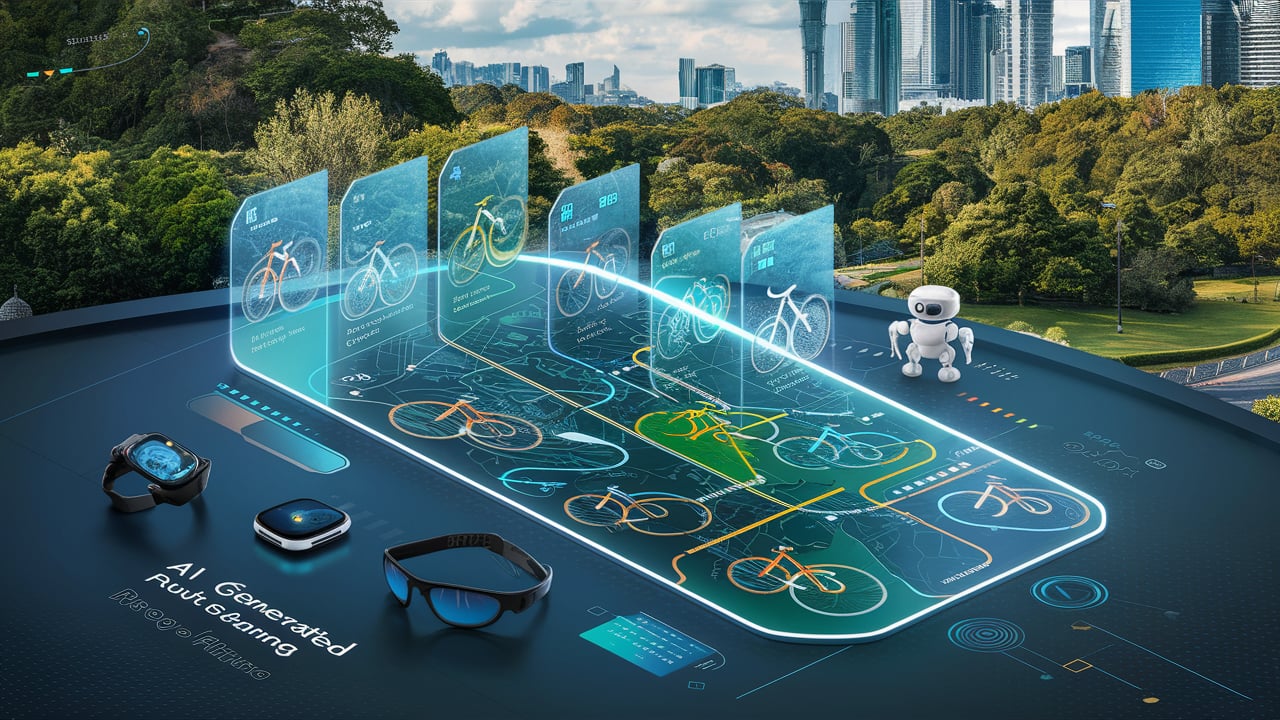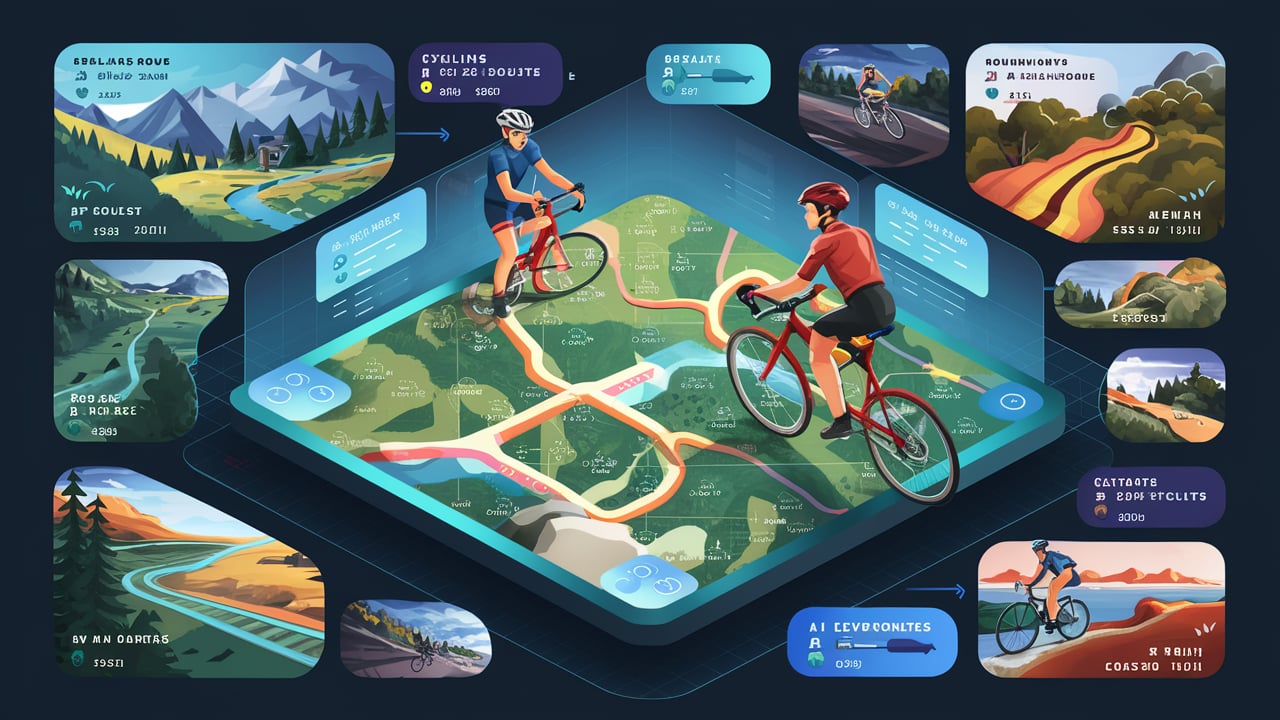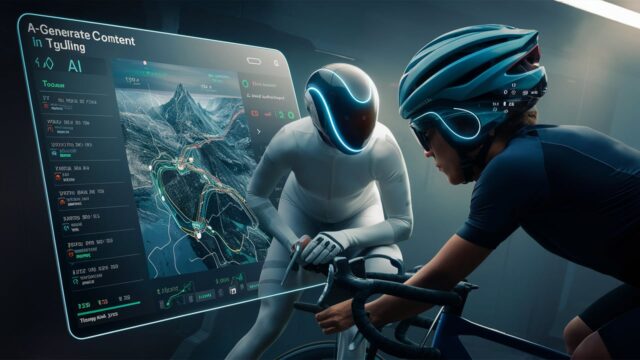From planning scenic cycling routes to ensuring safety on the road, artificial intelligence has become an increasingly valuable tool for cyclists. However, with the rise of AI-generated content, there is a growing concern about the authenticity and reliability of the information provided. As cyclists rely on technology to guide their journeys, the influence of fake AI-generated content can have serious implications on route planning and overall safety. In this article, we will delve into the impact of fake AI-generated content on cycling route planning and how cyclists can navigate this new landscape to ensure a smooth and secure riding experience.
The Rise of AI-Generated Content in Cycling Route Planning

The cycling community has seen a significant shift in route planning thanks to the rise of AI-generated content. As technology continues to evolve, cyclists are turning to automated systems for more efficient and customized routes. However, with this advancement comes a new set of challenges in ensuring safety and accuracy.
While AI-generated content may offer convenience, it lacks the human touch in creating diverse and varied routes that cater to individual preferences and skill levels. As cyclists embrace this new era of technology, it is crucial to strike a balance between the convenience of AI-generated content and the personalized expertise of traditional route planning techniques to enhance safety and overall cycling experience.
Understanding the Impact of Fake AI-Generated Content on Cycling Safety

In the realm of cycling safety, the impact of fake AI-generated content cannot be overlooked. The way in which AI-generated content influences cycling route planning and safety brings about a new level of uncertainty and potential risks for cyclists. As riders rely on accurate and reliable information to navigate busy streets and avoid dangerous situations, the presence of fake AI-generated content poses a significant threat.
With AI-generated content lacking the diverse and varied nature of human-written text, the potential for misinformation and confusion in route planning becomes a real concern. This highlights the pressing need for cyclists to be vigilant and discerning in verifying the accuracy and credibility of the information they receive, to ensure their safety on the road.
How to Recognize and Avoid Misleading AI-Generated Cycling Information

Recognizing and avoiding misleading AI-generated cycling information is essential for ensuring accurate route planning and ensuring safety while out on the road. One key indicator of potentially misleading information is the uniformity of sentences in the content. AI-generated content often lacks the variability in sentence length and complexity that is characteristic of human writing.
By paying attention to these cues and being vigilant for overly consistent patterns in the information being provided, cyclists can better protect themselves from the potential pitfalls of relying on fake AI-generated content for their cycling routes. Being able to distinguish between genuine human-generated content and AI-generated content can make all the difference in ensuring a safe and enjoyable cycling experience.
Conclusion
In conclusion, the proliferation of fake AI-generated content has significantly impacted cycling route planning and safety. With the ability to create realistic road conditions and traffic patterns, cyclists may unknowingly follow inaccurate routes, leading to potential safety hazards.
It is crucial for cyclists to be aware of the presence of AI-generated content and utilize tools such as chatgpt detector to distinguish between real and fake information. Ultimately, staying informed and vigilant is key to ensuring the safety of cyclists on the road. By understanding the implications of fake AI-generated content, cyclists can make more informed decisions when planning their routes and navigating city streets.







